Jack Terwilliger
AlphaChimp: Tracking and Behavior Recognition of Chimpanzees
Oct 22, 2024



Abstract:Understanding non-human primate behavior is crucial for improving animal welfare, modeling social behavior, and gaining insights into both distinctly human and shared behaviors. Despite recent advances in computer vision, automated analysis of primate behavior remains challenging due to the complexity of their social interactions and the lack of specialized algorithms. Existing methods often struggle with the nuanced behaviors and frequent occlusions characteristic of primate social dynamics. This study aims to develop an effective method for automated detection, tracking, and recognition of chimpanzee behaviors in video footage. Here we show that our proposed method, AlphaChimp, an end-to-end approach that simultaneously detects chimpanzee positions and estimates behavior categories from videos, significantly outperforms existing methods in behavior recognition. AlphaChimp achieves approximately 10% higher tracking accuracy and a 20% improvement in behavior recognition compared to state-of-the-art methods, particularly excelling in the recognition of social behaviors. This superior performance stems from AlphaChimp's innovative architecture, which integrates temporal feature fusion with a Transformer-based self-attention mechanism, enabling more effective capture and interpretation of complex social interactions among chimpanzees. Our approach bridges the gap between computer vision and primatology, enhancing technical capabilities and deepening our understanding of primate communication and sociality. We release our code and models and hope this will facilitate future research in animal social dynamics. This work contributes to ethology, cognitive science, and artificial intelligence, offering new perspectives on social intelligence.
ChimpACT: A Longitudinal Dataset for Understanding Chimpanzee Behaviors
Oct 25, 2023Abstract:Understanding the behavior of non-human primates is crucial for improving animal welfare, modeling social behavior, and gaining insights into distinctively human and phylogenetically shared behaviors. However, the lack of datasets on non-human primate behavior hinders in-depth exploration of primate social interactions, posing challenges to research on our closest living relatives. To address these limitations, we present ChimpACT, a comprehensive dataset for quantifying the longitudinal behavior and social relations of chimpanzees within a social group. Spanning from 2015 to 2018, ChimpACT features videos of a group of over 20 chimpanzees residing at the Leipzig Zoo, Germany, with a particular focus on documenting the developmental trajectory of one young male, Azibo. ChimpACT is both comprehensive and challenging, consisting of 163 videos with a cumulative 160,500 frames, each richly annotated with detection, identification, pose estimation, and fine-grained spatiotemporal behavior labels. We benchmark representative methods of three tracks on ChimpACT: (i) tracking and identification, (ii) pose estimation, and (iii) spatiotemporal action detection of the chimpanzees. Our experiments reveal that ChimpACT offers ample opportunities for both devising new methods and adapting existing ones to solve fundamental computer vision tasks applied to chimpanzee groups, such as detection, pose estimation, and behavior analysis, ultimately deepening our comprehension of communication and sociality in non-human primates.
CLERA: A Unified Model for Joint Cognitive Load and Eye Region Analysis in the Wild
Jun 26, 2023



Abstract:Non-intrusive, real-time analysis of the dynamics of the eye region allows us to monitor humans' visual attention allocation and estimate their mental state during the performance of real-world tasks, which can potentially benefit a wide range of human-computer interaction (HCI) applications. While commercial eye-tracking devices have been frequently employed, the difficulty of customizing these devices places unnecessary constraints on the exploration of more efficient, end-to-end models of eye dynamics. In this work, we propose CLERA, a unified model for Cognitive Load and Eye Region Analysis, which achieves precise keypoint detection and spatiotemporal tracking in a joint-learning framework. Our method demonstrates significant efficiency and outperforms prior work on tasks including cognitive load estimation, eye landmark detection, and blink estimation. We also introduce a large-scale dataset of 30k human faces with joint pupil, eye-openness, and landmark annotation, which aims to support future HCI research on human factors and eye-related analysis.
Dynamics of Pedestrian Crossing Decisions Based on Vehicle Trajectories in Large-Scale Simulated and Real-World Data
Apr 08, 2019
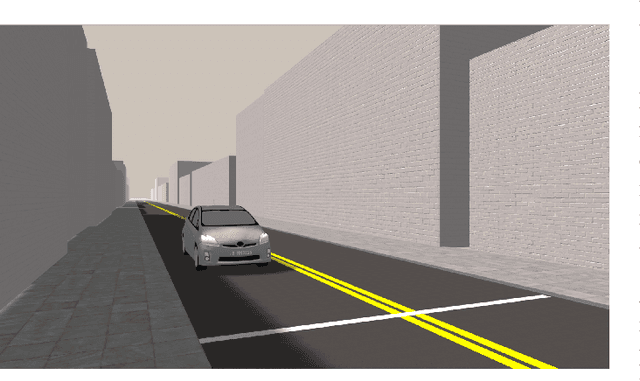
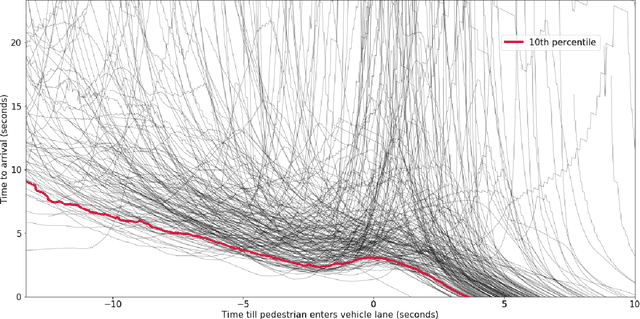
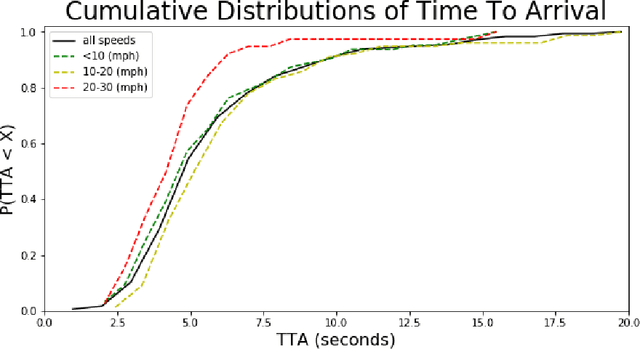
Abstract:Humans, as both pedestrians and drivers, generally skillfully navigate traffic intersections. Despite the uncertainty, danger, and the non-verbal nature of communication commonly found in these interactions, there are surprisingly few collisions considering the total number of interactions. As the role of automation technology in vehicles grows, it becomes increasingly critical to understand the relationship between pedestrian and driver behavior: how pedestrians perceive the actions of a vehicle/driver and how pedestrians make crossing decisions. The relationship between time-to-arrival (TTA) and pedestrian gap acceptance (i.e., whether a pedestrian chooses to cross under a given window of time to cross) has been extensively investigated. However, the dynamic nature of vehicle trajectories in the context of non-verbal communication has not been systematically explored. Our work provides evidence that trajectory dynamics, such as changes in TTA, can be powerful signals in the non-verbal communication between drivers and pedestrians. Moreover, we investigate these effects in both simulated and real-world datasets, both larger than have previously been considered in literature to the best of our knowledge.
Value of Temporal Dynamics Information in Driving Scene Segmentation
Mar 21, 2019



Abstract:Semantic scene segmentation has primarily been addressed by forming representations of single images both with supervised and unsupervised methods. The problem of semantic segmentation in dynamic scenes has begun to recently receive attention with video object segmentation approaches. What is not known is how much extra information the temporal dynamics of the visual scene carries that is complimentary to the information available in the individual frames of the video. There is evidence that the human visual system can effectively perceive the scene from temporal dynamics information of the scene's changing visual characteristics without relying on the visual characteristics of individual snapshots themselves. Our work takes steps to explore whether machine perception can exhibit similar properties by combining appearance-based representations and temporal dynamics representations in a joint-learning problem that reveals the contribution of each toward successful dynamic scene segmentation. Additionally, we provide the MIT Driving Scene Segmentation dataset, which is a large-scale full driving scene segmentation dataset, densely annotated for every pixel and every one of 5,000 video frames. This dataset is intended to help further the exploration of the value of temporal dynamics information for semantic segmentation in video.
DeepTraffic: Crowdsourced Hyperparameter Tuning of Deep Reinforcement Learning Systems for Multi-Agent Dense Traffic Navigation
Jan 03, 2019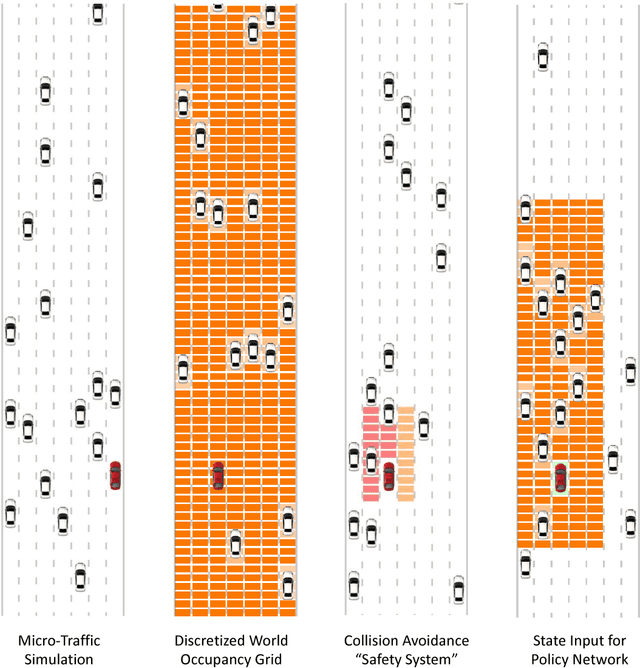
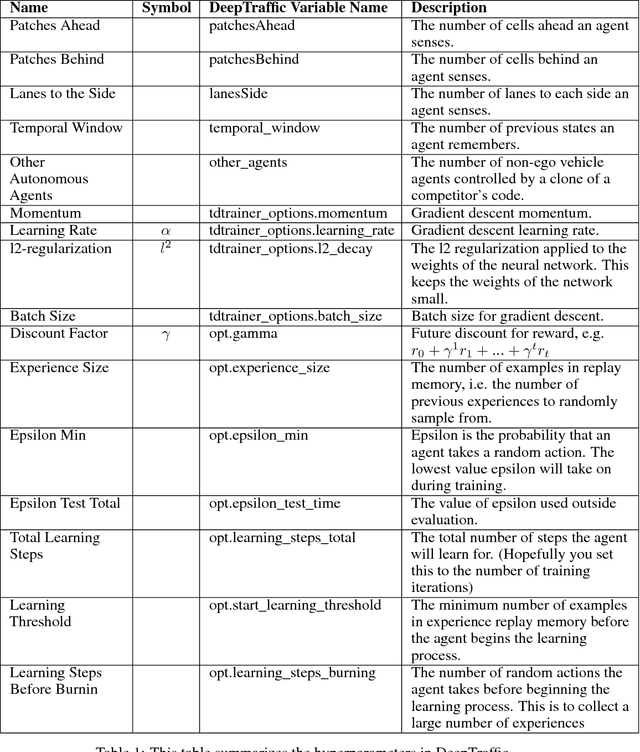
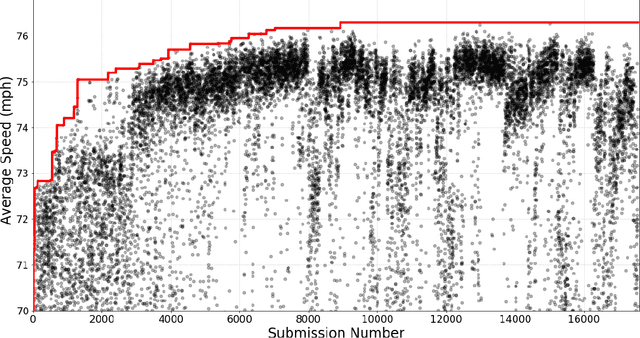
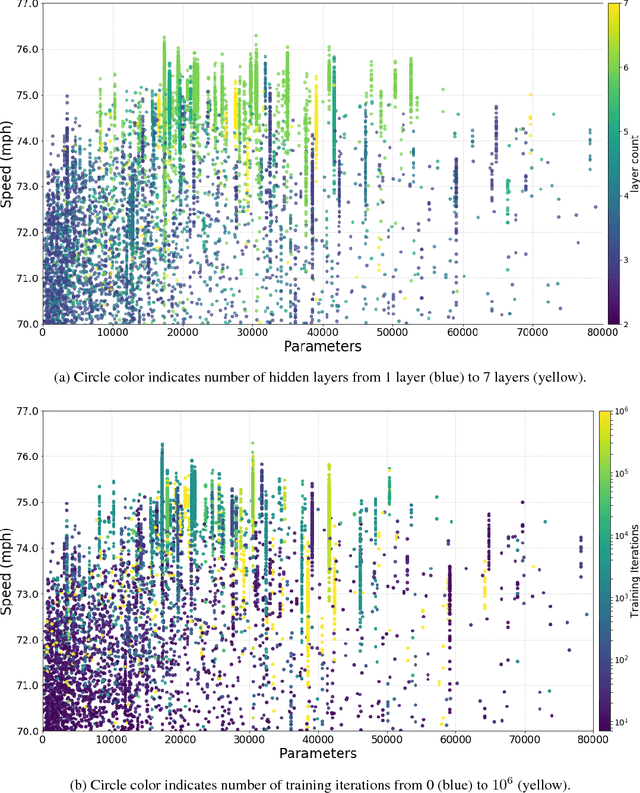
Abstract:We present a traffic simulation named DeepTraffic where the planning systems for a subset of the vehicles are handled by a neural network as part of a model-free, off-policy reinforcement learning process. The primary goal of DeepTraffic is to make the hands-on study of deep reinforcement learning accessible to thousands of students, educators, and researchers in order to inspire and fuel the exploration and evaluation of deep Q-learning network variants and hyperparameter configurations through large-scale, open competition. This paper investigates the crowd-sourced hyperparameter tuning of the policy network that resulted from the first iteration of the DeepTraffic competition where thousands of participants actively searched through the hyperparameter space.
MIT Autonomous Vehicle Technology Study: Large-Scale Deep Learning Based Analysis of Driver Behavior and Interaction with Automation
Sep 30, 2018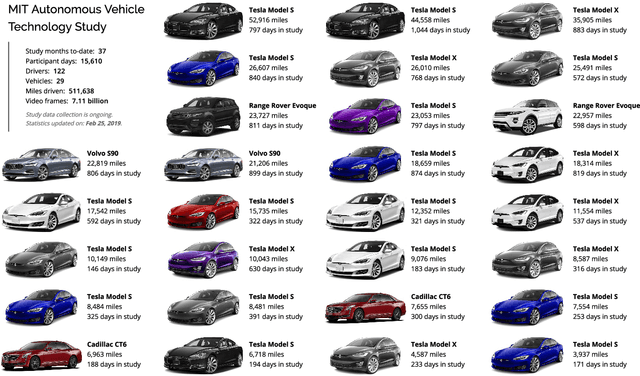
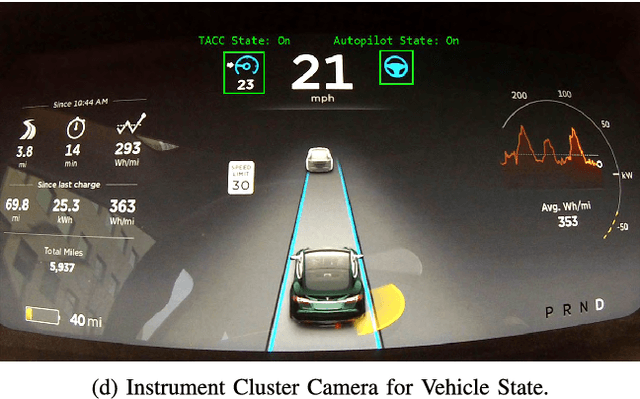
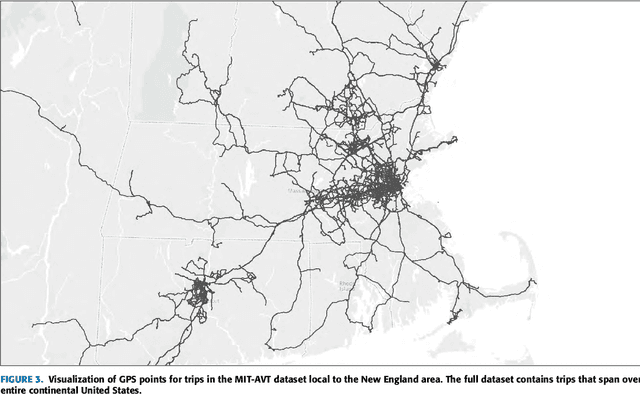
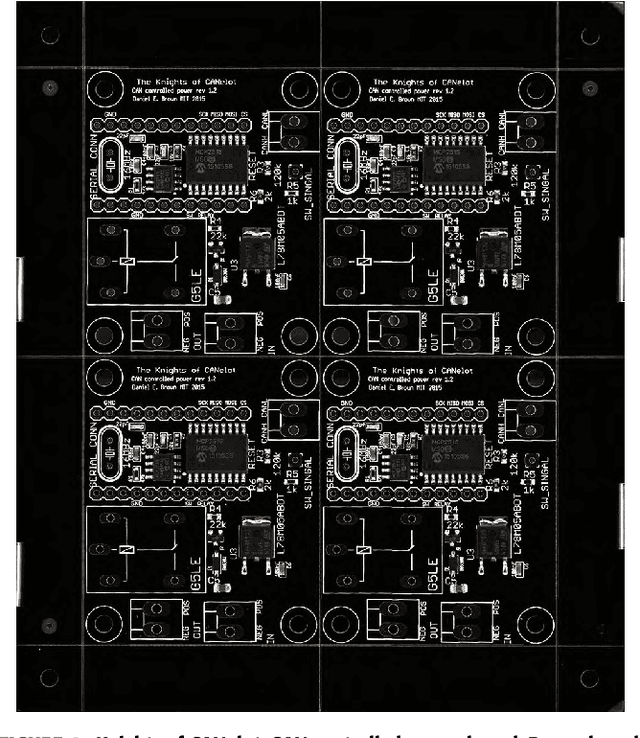
Abstract:For the foreseeble future, human beings will likely remain an integral part of the driving task, monitoring the AI system as it performs anywhere from just over 0% to just under 100% of the driving. The governing objectives of the MIT Autonomous Vehicle Technology (MIT-AVT) study are to (1) undertake large-scale real-world driving data collection that includes high-definition video to fuel the development of deep learning based internal and external perception systems, (2) gain a holistic understanding of how human beings interact with vehicle automation technology by integrating video data with vehicle state data, driver characteristics, mental models, and self-reported experiences with technology, and (3) identify how technology and other factors related to automation adoption and use can be improved in ways that save lives. In pursuing these objectives, we have instrumented 21 Tesla Model S and Model X vehicles, 2 Volvo S90 vehicles, 2 Range Rover Evoque, and 2 Cadillac CT6 vehicles for both long-term (over a year per driver) and medium term (one month per driver) naturalistic driving data collection. Furthermore, we are continually developing new methods for analysis of the massive-scale dataset collected from the instrumented vehicle fleet. The recorded data streams include IMU, GPS, CAN messages, and high-definition video streams of the driver face, the driver cabin, the forward roadway, and the instrument cluster (on select vehicles). The study is on-going and growing. To date, we have 99 participants, 11,846 days of participation, 405,807 miles, and 5.5 billion video frames. This paper presents the design of the study, the data collection hardware, the processing of the data, and the computer vision algorithms currently being used to extract actionable knowledge from the data.
 Add to Chrome
Add to Chrome Add to Firefox
Add to Firefox Add to Edge
Add to Edge